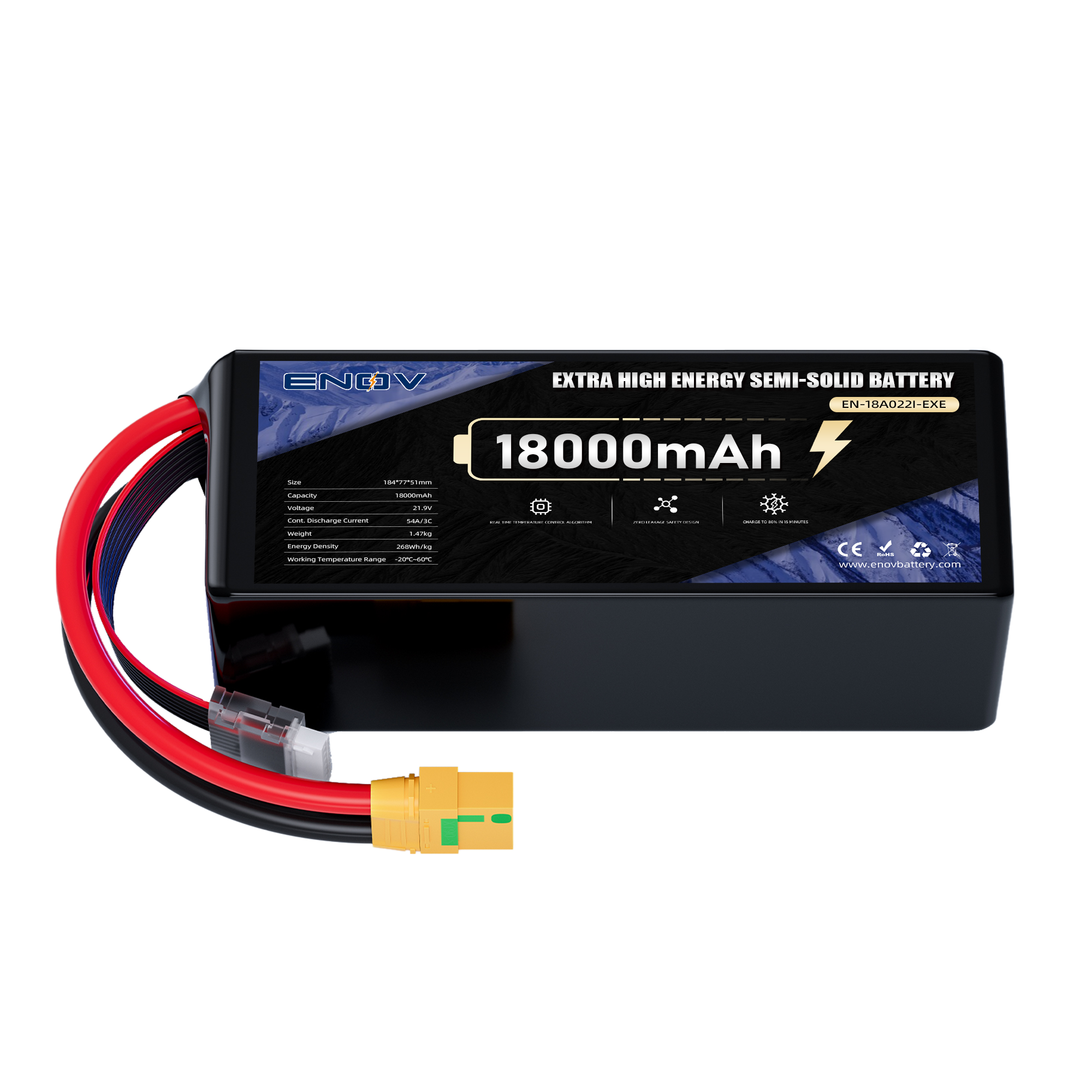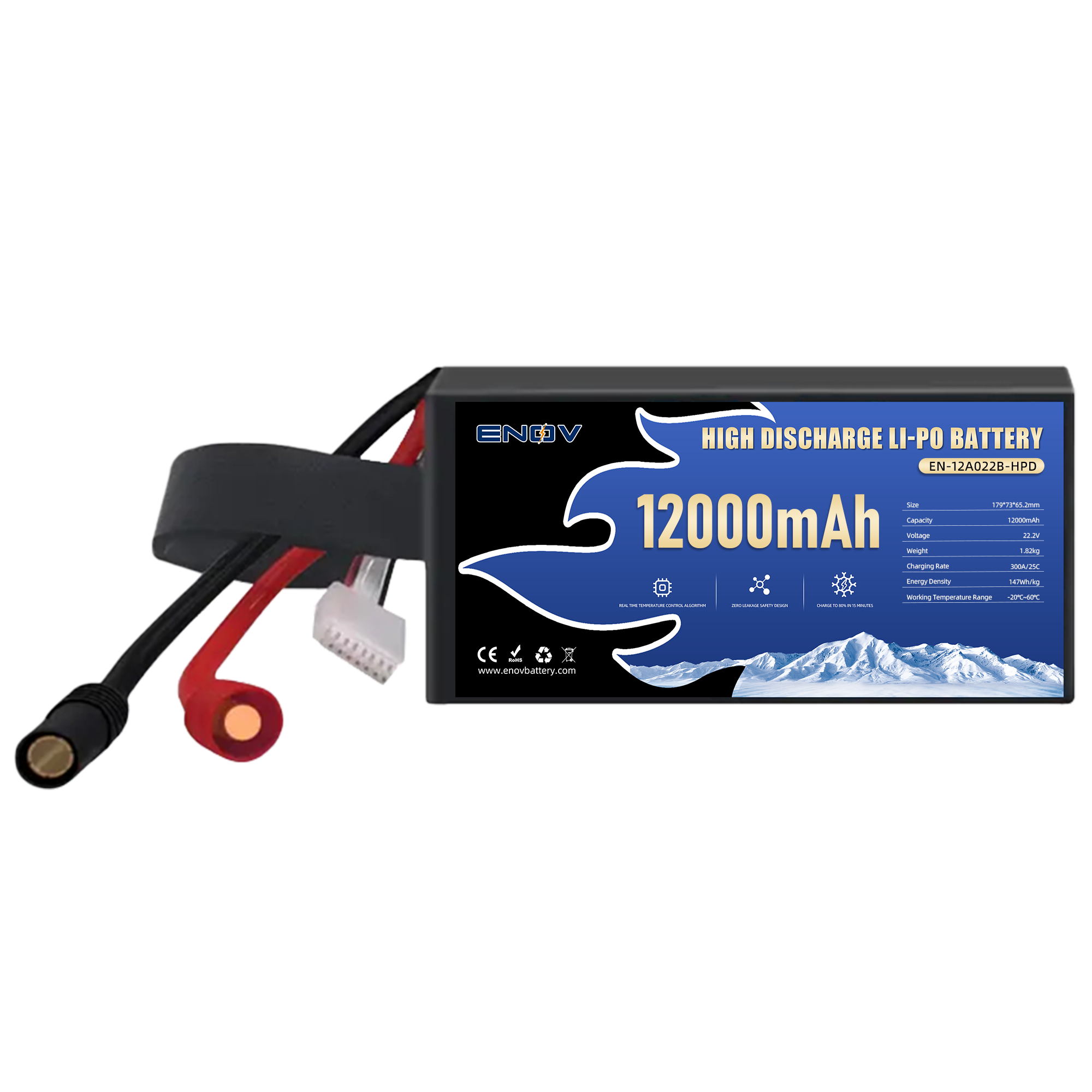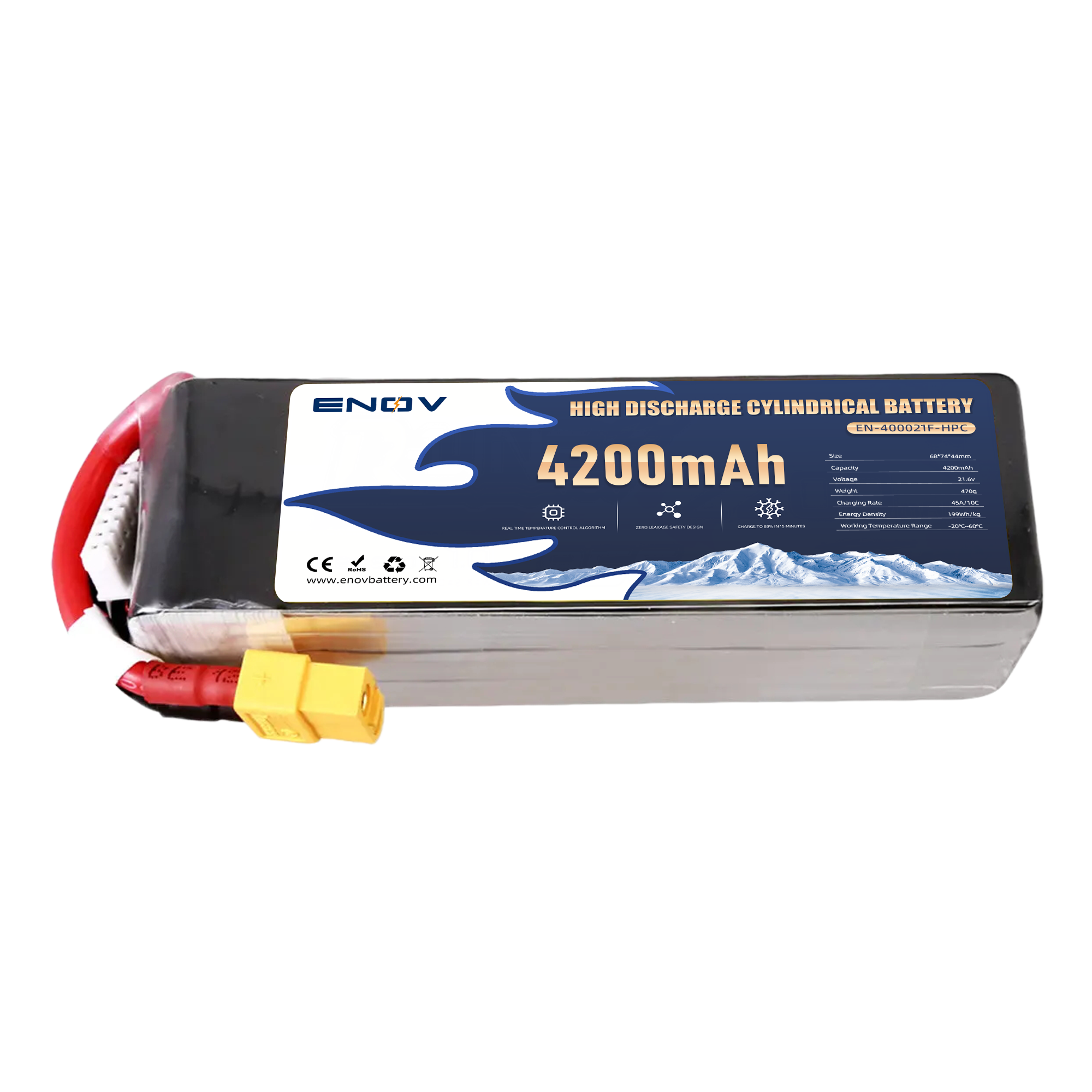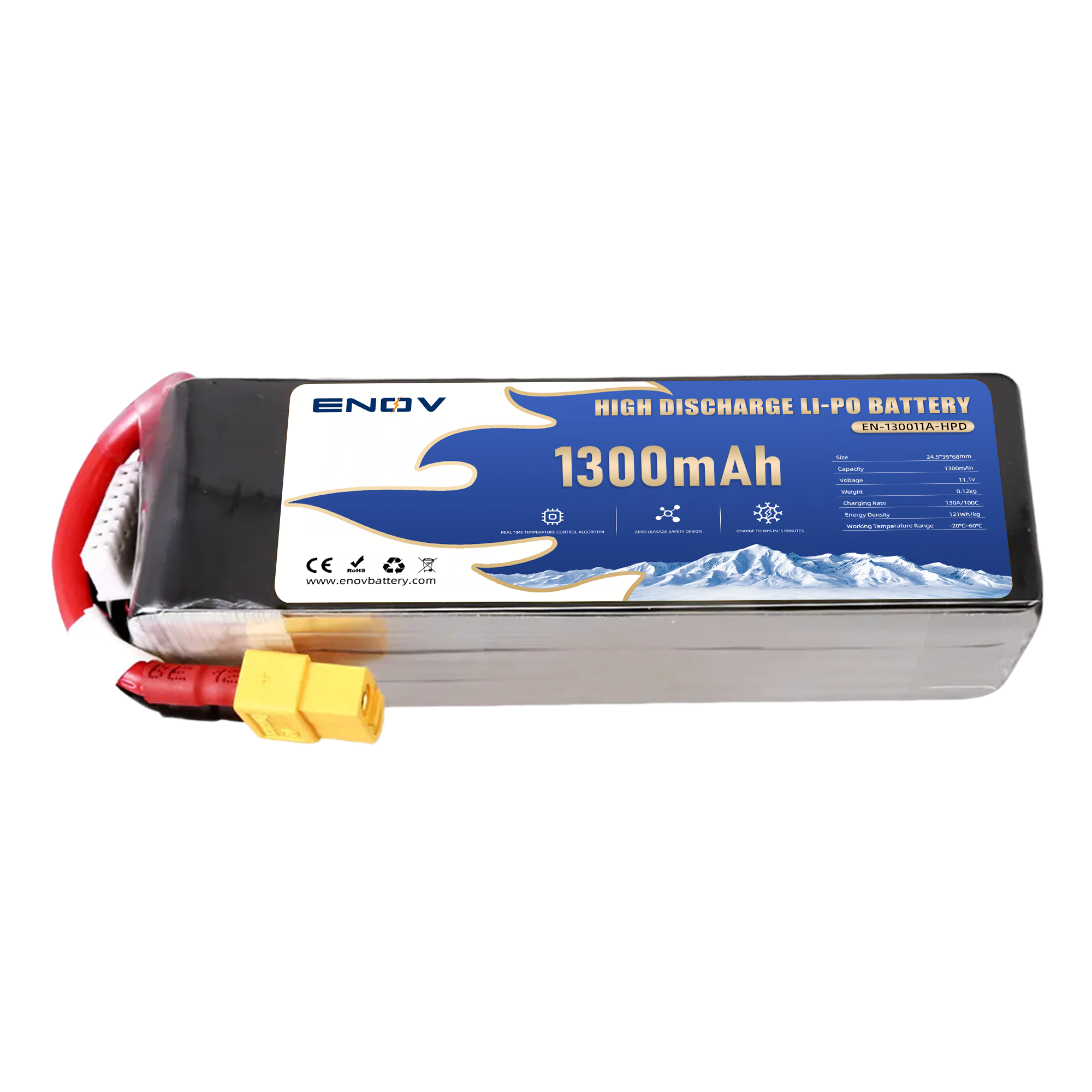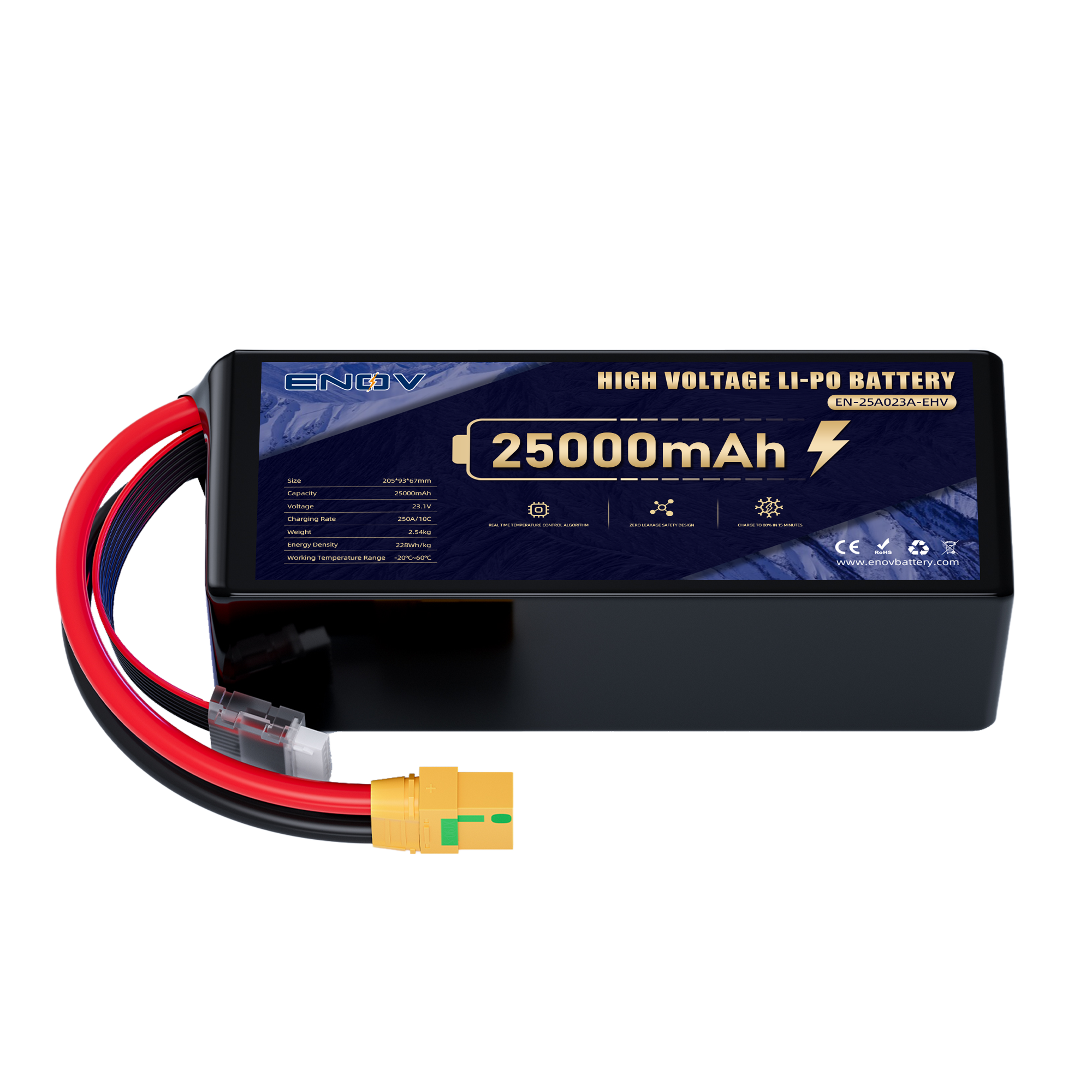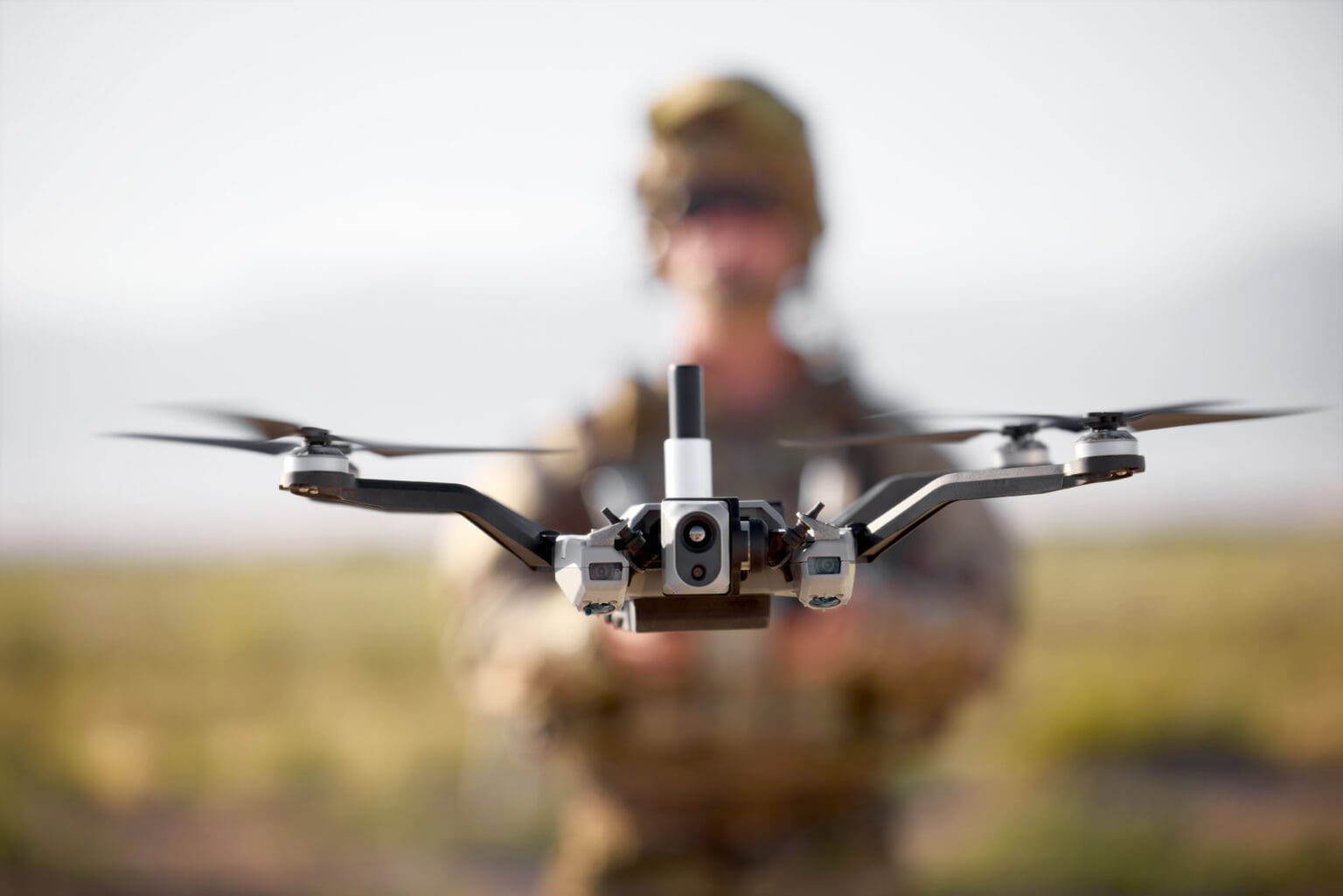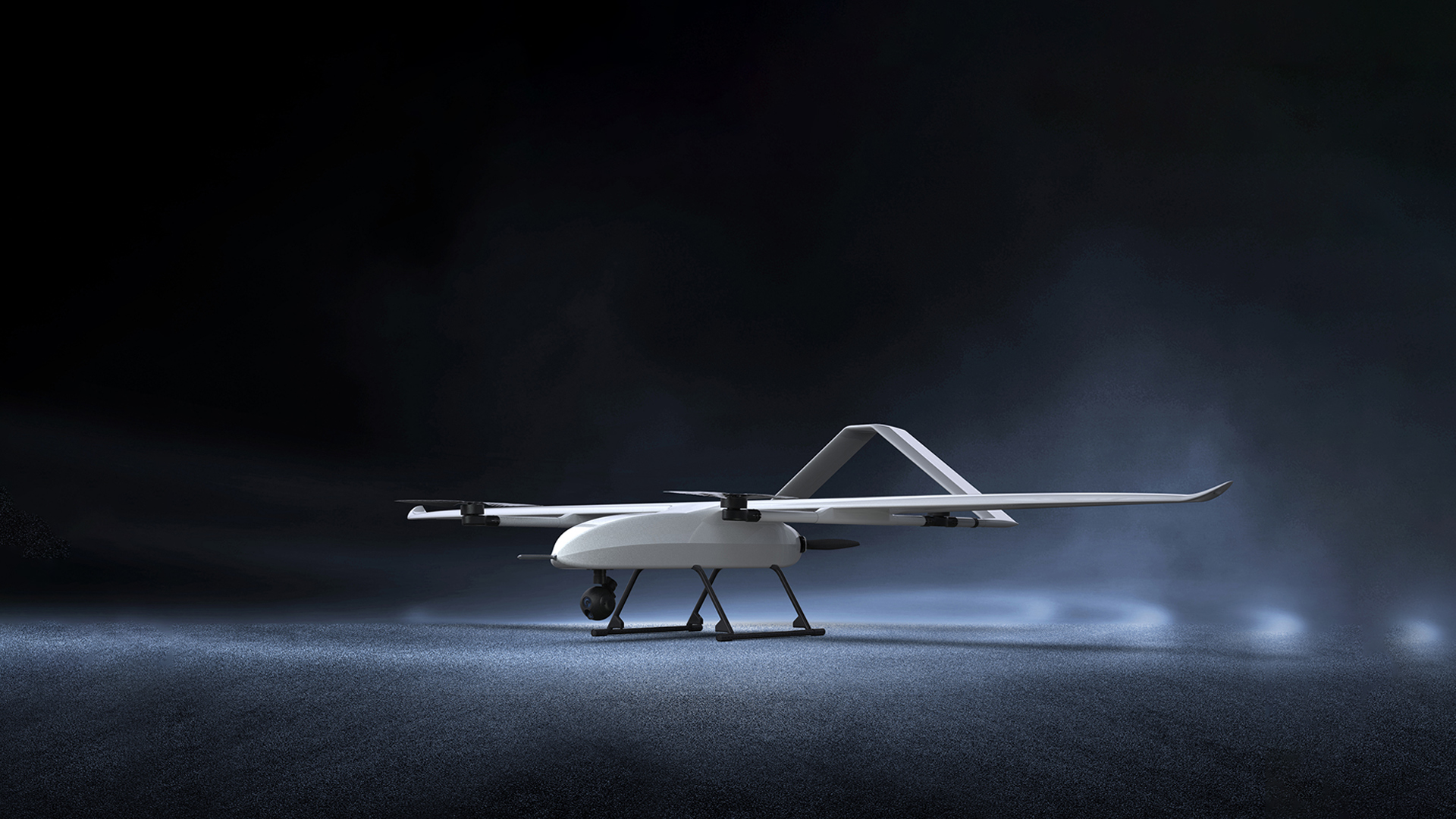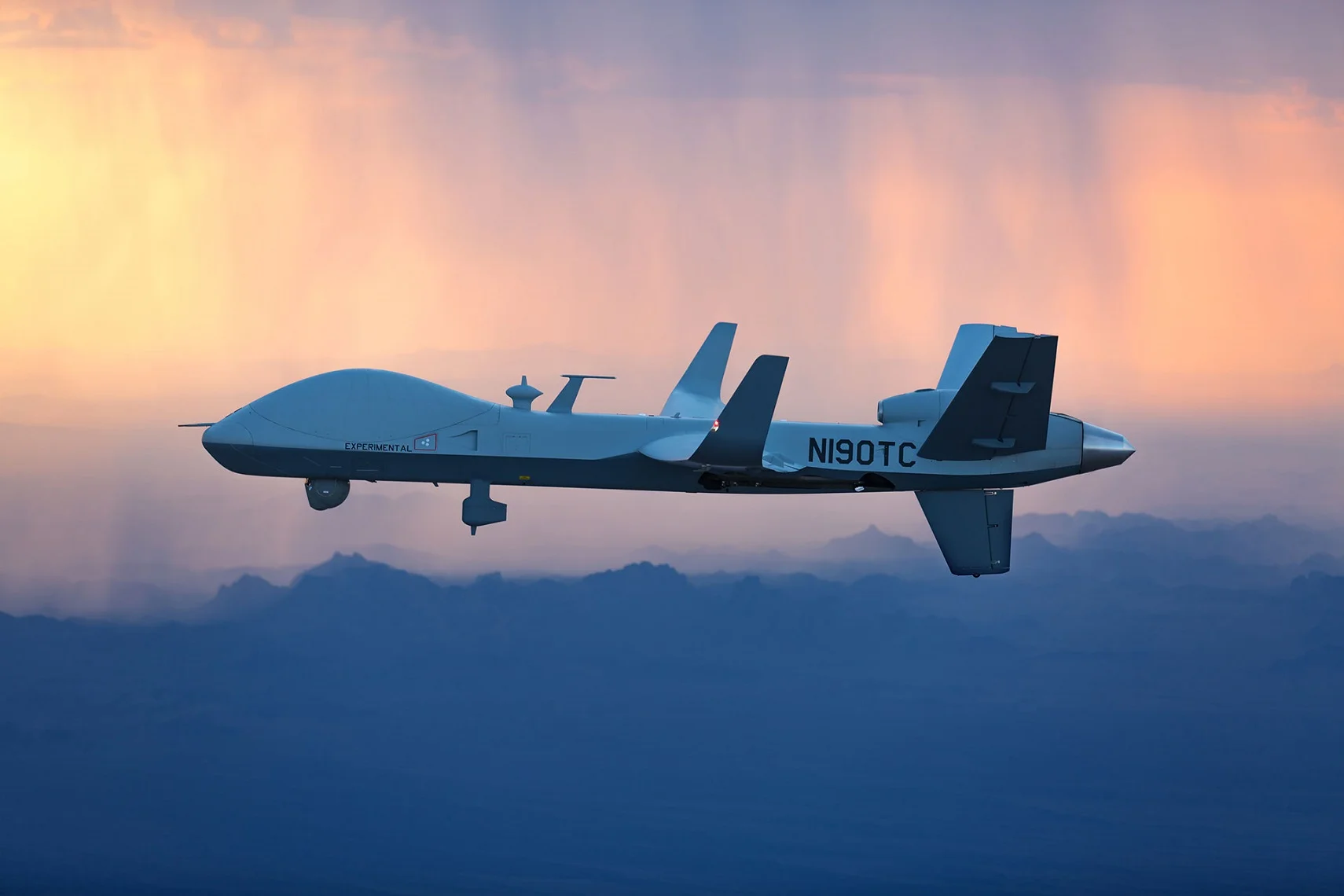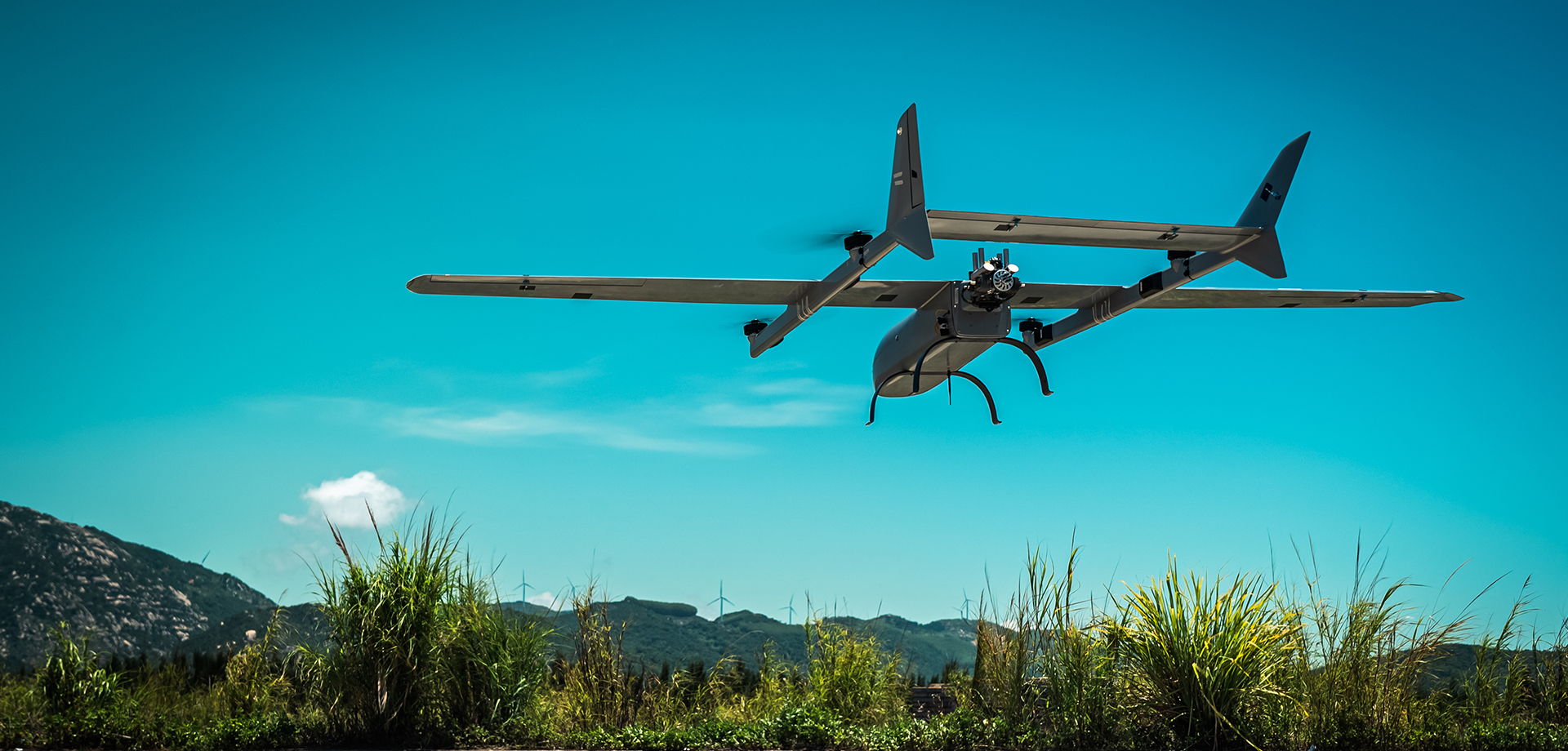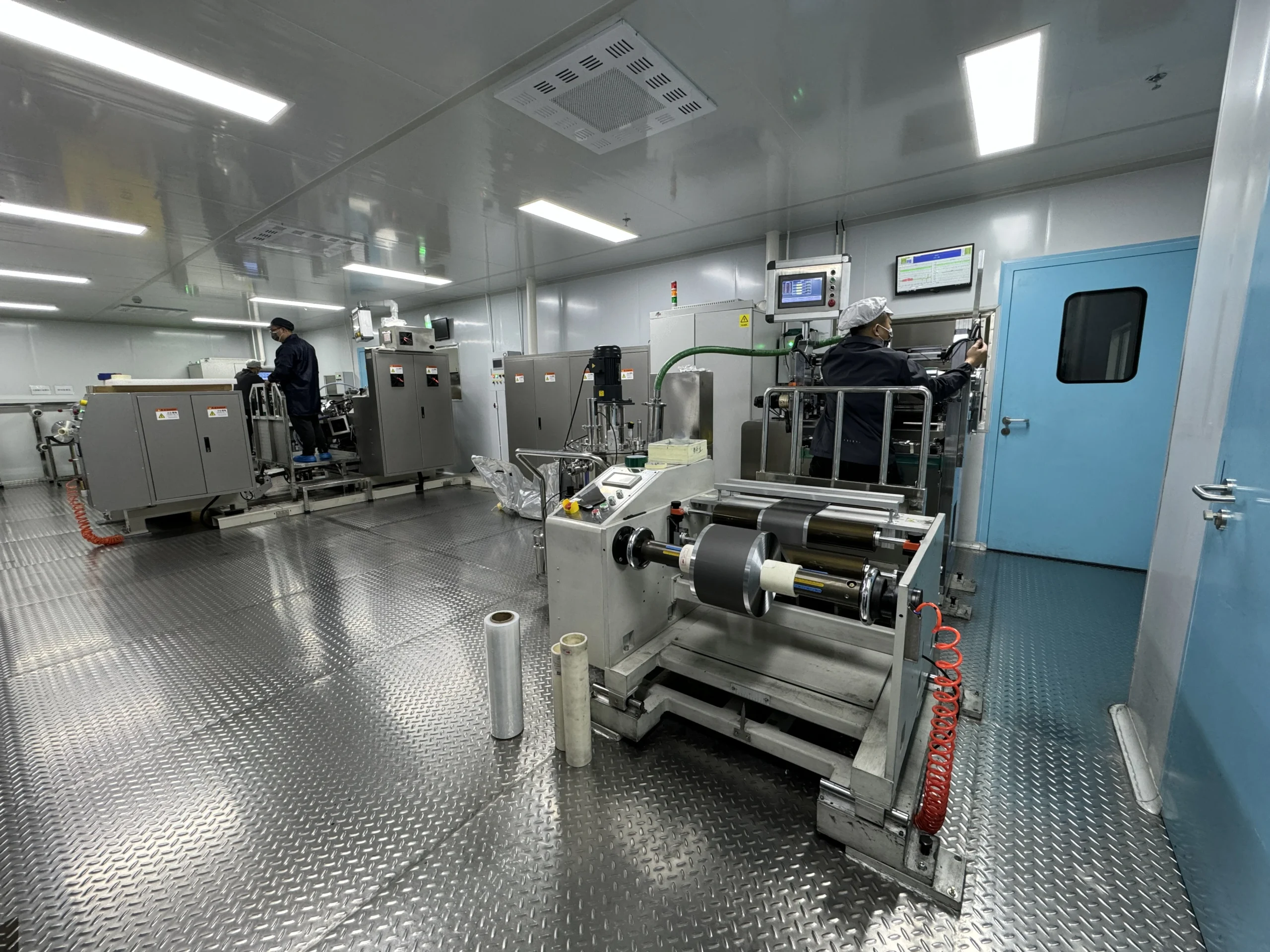System Compatibility Testing for Drone Batteries:
Ensuring Seamless Integration Across Platforms
System Compatibility Testing for Drone Batteries: Bridging Hardware and Software Ecosystems
Modern drone batteries are no longer standalone power sources; they are integral components of complex systems requiring flawless interoperability with flight controllers, sensors, and communication protocols.
System compatibility testing for drone batteries ensures these power units seamlessly integrate with diverse hardware and software ecosystems, minimizing operational failures and optimizing performance. This article explores how rigorous compatibility testing validates battery interactions, addresses integration challenges, and supports scalable drone deployments.
thrust
First and foremost, system compatibility testing verifies that drone batteries communicate effectively with onboard systems using standardized protocols. Batteries must exchange critical data—such as voltage, temperature, and state of charge—with flight controllers via interfaces like I2C, CAN Bus, or SMBus.
For instance, CAN Bus protocols enable high-speed, low-latency communication in industrial drones, while I2C suffices for smaller consumer models. Testing ensures these protocols function reliably under real-world conditions, such as electromagnetic interference or signal loss, to prevent data mismatches or system crashes.
Another critical area is validating wireless protocols like BLE or Wi-Fi for battery monitoring. Compatibility tests simulate scenarios where multiple devices share communication channels, ensuring uninterrupted data flow between batteries, ground stations, and mobile apps.
Physical connectors and electrical interfaces are equally vital for seamless integration.
Compatibility testing evaluates whether battery connectors (e.g., XT60, EC5) align with drone power systems, preventing overheating or voltage drops caused by mismatched terminals. Additionally, tests assess how batteries handle power surges during high-thrust maneuvers or sudden load changes, ensuring stable energy delivery to motors and sensors.
For modular drones, testing extends to hot-swappable battery systems. Engineers validate how quickly and safely secondary batteries activate during mid-flight swaps, minimizing downtime in logistics or emergency response missions.
Battery management systems (BMS) rely on firmware to balance cells, prevent overcharging, and trigger safety protocols. Compatibility testing ensures BMS firmware aligns with the drone’s operating system and software updates.
For example, after a firmware upgrade, tests confirm that battery diagnostics remain accurate and that legacy software versions retain backward compatibility.
Furthermore, cloud-based fleet management platforms require batteries to transmit encrypted health data. Testing verifies encryption standards and API integrations, ensuring seamless data synchronization across IoT networks.
Compatibility testing extends beyond lab environments to simulate real-world stressors. Batteries are exposed to extreme temperatures, vibrations, and humidity levels to assess how environmental factors impact communication and performance. For Arctic inspections or desert surveys, tests validate whether batteries maintain protocol stability and power output despite thermal expansion or condensation.
Operational scenarios, such as multi-battery configurations in heavy-lift drones, are also replicated. Testing confirms that parallel or series battery setups distribute loads evenly, avoiding imbalances that could shorten lifespan or trigger failures.
Finally, compatibility testing ensures adherence to regional and industry standards. For instance, drones sold in the EU must comply with CE directives for electromagnetic compatibility, while FAA regulations in the U.S. mandate strict voltage stability thresholds. Testing certifies that batteries meet these benchmarks, avoiding non-compliance penalties and ensuring global market access.
Conclusion
System compatibility testing for drone batteries is a cornerstone of reliable, scalable drone operations. By validating protocols, hardware interfaces, firmware, and environmental resilience, this process ensures batteries integrate flawlessly into diverse ecosystems. As drones evolve into AI-driven, autonomous platforms, robust compatibility testing will remain critical for optimizing performance, safety, and cross-platform interoperability.
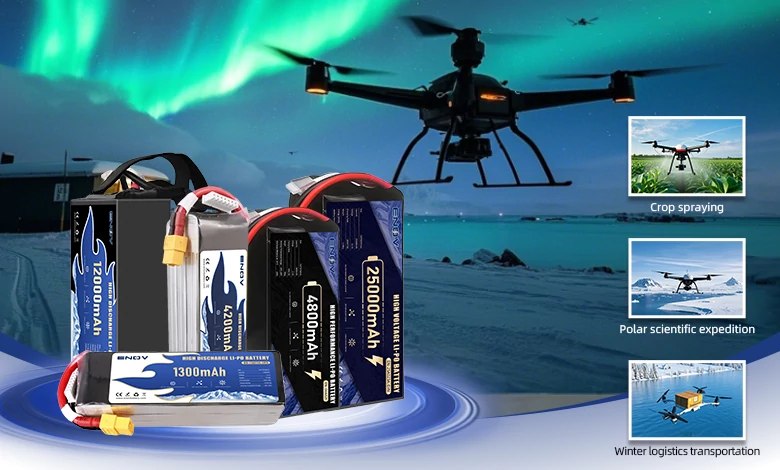
UAV DRONE battery
Enov UAV battery has the most advanced UAV battery new technology, it has a lightweight structural design, ultra-high energy density, stable continuous discharge, customized ultra-high instantaneous discharge, wide temperature working range, stable charge and discharge, battery materials can choose high nickel terpolymer positive/silicon carbon negative material system combined with semi-solid battery technology. Or choose a more mature application of more UAV lithium battery technology, available UAV battery nominal voltage 3.7V, capacity 18.0Ah ~ 30.0Ah, support 10C continuous discharge and 120C pulse discharge (3 seconds). With ultra-high energy density (220-300Wh/kg) as its core advantage, Enov UAV batteries can meet the needs of long-term endurance scenarios such as plant protection drones and transport drones, while maintaining stable emission performance in extremely low temperature environments (-40℃).
Other products
START-STOP LITHIUM BATTERY
LITHIUM ENERGY STORAGE BATTERY
QUICK INQUIRY
FAQ
Access to high frequency technical questions with one click, get accurate answers on product application, after-sales policy and customization process.
Service and Support
Get the latest product specifications, explore professional OEM/ODM customization services, click to open exclusive technical support and production solutions.
Become a Partner
We sincerely invite resources to interconnect, work together for win-win development, and immediately open a new chapter of strategic cooperation!
